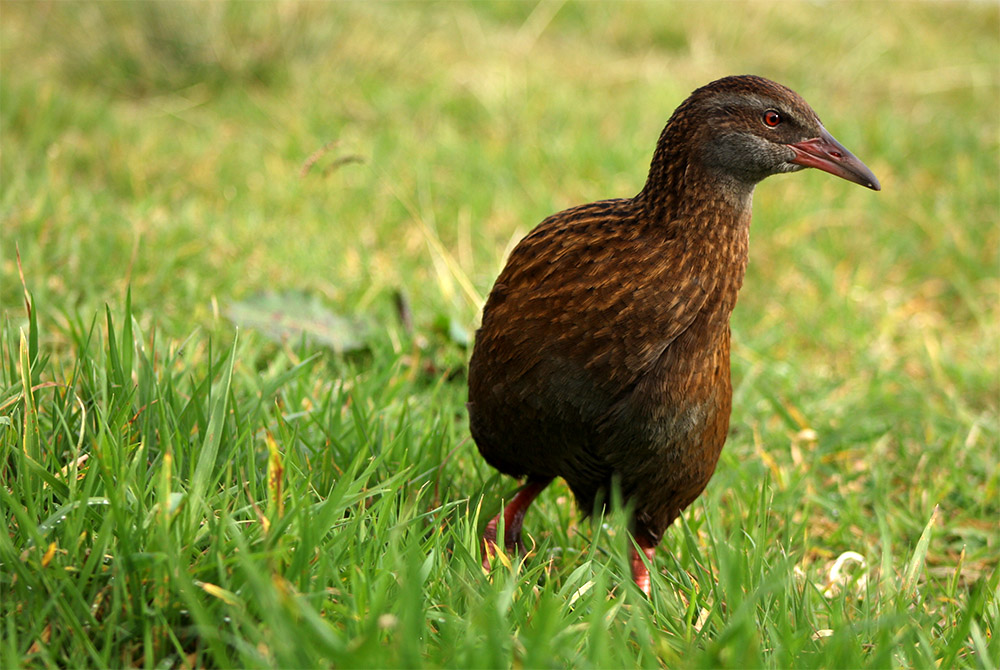December 4, 2024
The Ebiil Society: Champions of Palau
Ann Singeo, founder of our partner organization the Ebiil Society, shares her vision for a thriving Palau and a flourishing world of indigenous science!
We use cookies to help you navigate efficiently and perform certain functions. You will find detailed information about all cookies under each consent category below.
The cookies that are categorized as "Necessary" are stored on your browser as they are essential for enabling the basic functionalities of the site. ...
Necessary cookies are required to enable the basic features of this site, such as providing secure log-in or adjusting your consent preferences. These cookies do not store any personally identifiable data.
Functional cookies help perform certain functionalities like sharing the content of the website on social media platforms, collecting feedback, and other third-party features.
Analytical cookies are used to understand how visitors interact with the website. These cookies help provide information on metrics such as the number of visitors, bounce rate, traffic source, etc.
Performance cookies are used to understand and analyze the key performance indexes of the website which helps in delivering a better user experience for the visitors.
Advertisement cookies are used to provide visitors with customized advertisements based on the pages you visited previously and to analyze the effectiveness of the ad campaigns.
Looking to make an impact this Earth Month? Here’s how.

Scientific understanding of species is constantly evolving. In New Zealand and on islands around the world, questions frequently arise about what is a species versus a sub-species.
In New Zealand many species have differentiated into North Island and South Island species, but not all have and for some, the jury is still out. Until a recent study, the verdict for the Weka had not yet been determined. The flightless bird is found on both the New Zealand mainland and surrounding off-shore islands including Stewart and Chatham Islands.

Previously the species had been loosely defined as six sub-species based on color variation but new data suggests there are only two sub-species: Gallirallus australis greyi on the North Island and Gallirallus australis australis on the South Island. Professor Steve Trewick, lead author on the study explained:
…We now have evidence that when the north and south were connected by land, the two subspecies still didn’t mix enough to join the two populations.

The study evaluated a number of New Zealand’s rare and endangered birds to understand their evolution and clarify their statuses as unique species. Although defining species is based on a human projection of differences, it is valuable to conservation efforts and understanding of species populations. It can help tailor conservation efforts to a whole species, a sub-species, or a population that is threatened by invasive predators, climate change, or other biodiversity threats.
As researchers delve further into the understanding of species, findings aid and inform conservation decisions for rare and endangered species throughout the world.
Featured Photo: A Weka, also known as a Woodhen. Credit: Pierre-mary Thibault
Source: New Zealand Herald
Check out other journal entries we think you might be interested in.
Notifications